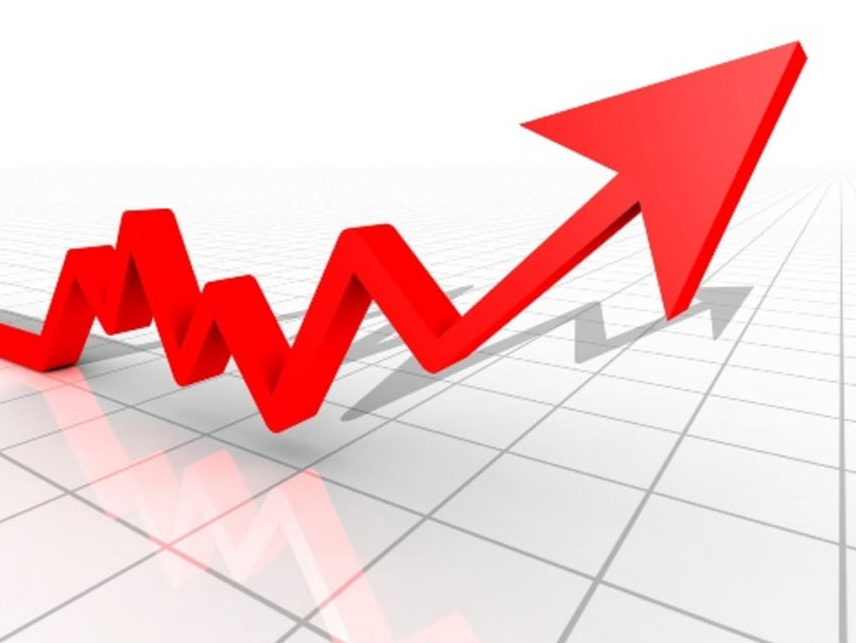
Once the US election was over, the risk sentiment across all financial markets had improved meaningfully. US stocks and other large indices rallied, but as with all prior occasions, some negative effects started to unfold. Today we want to talk about rising interest rates and some of their drawbacks as a long and uneven recovery will unfold over the next few years.
Corporations will fund their activity at higher costs
The 10y yield on US treasuries reached 0.97% for the first time since March, suggesting market participants were selling bonds to take advantage of high risk sentiment and buy stocks. Aside from the implications with regards to funding the massive budget deficits, higher Treasury yields are having a major impact on corporate bond yields.
Large corporations had benefited from ultra-low interest rates this year, with the support of central banks, but now that this advantage is waining, they will have a hard time funding their activity, if revenue will continue to be subdued. For now, bank stocks seem to be the most-favored, because it increases the prospects for higher returns.
High-beta stocks to come under pressure?
But that’s not the case for tech stocks, which had been among the largest outperformers since March. The S&P500 and Dow Jones reached new all-time highs this week, but not the same happened with Nasdaq, showing investors’ appetite for tech stocks is changing. Is the marking rushing to bet on the worst-performing stocks?
We don’t know yet, but what’s for sure is that with the latest vaccine news investors are looking past the next few months, which will be the most difficult in terms of the pandemic, and are pricing in what could happen afterward.
Rotation into beaten stocks already begun?
Stocks like Boeing, Disney, or McDonald’s had been major outperformers during the past week, even though the Monday optimism was not sustained until Friday. As we move forward, how Treasury yields performance can have a meaningful impact on the stock market.
If rates continue to rise, tech stocks will be under pressure, and the rotation into beaten stocks will be more obvious. However, it’s too early to make that assumption, given the broad range of negative variables that could weigh on risk sentiment. This market is driven by cheap money and emotions, which means sharp corrections and volatility spikes can occur at any point. It all shapes to be an active end of 2020, as economic activity will suffer from the latest restrictions.
